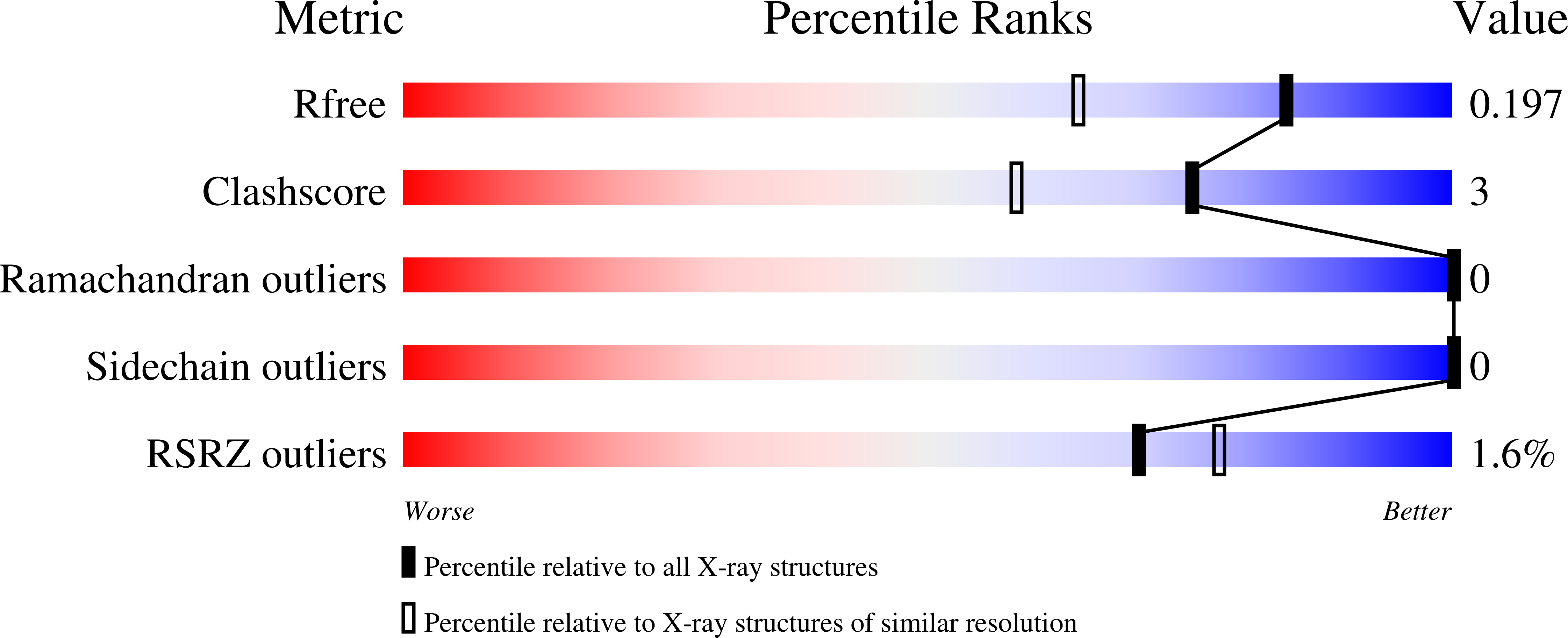
Deposition Date
2024-05-15
Release Date
2024-09-04
Last Version Date
2024-09-04
Entry Detail
PDB ID:
9FCG
Keywords:
Title:
Medicago truncatula 5'-ProFAR isomerase (HISN3) D57N mutant in complex with PrFAR
Biological Source:
Source Organism:
Medicago truncatula (Taxon ID: 3880)
Host Organism:
Method Details:
Experimental Method:
Resolution:
1.54 Å
R-Value Free:
0.19
R-Value Work:
0.17
R-Value Observed:
0.17
Space Group:
P 4


